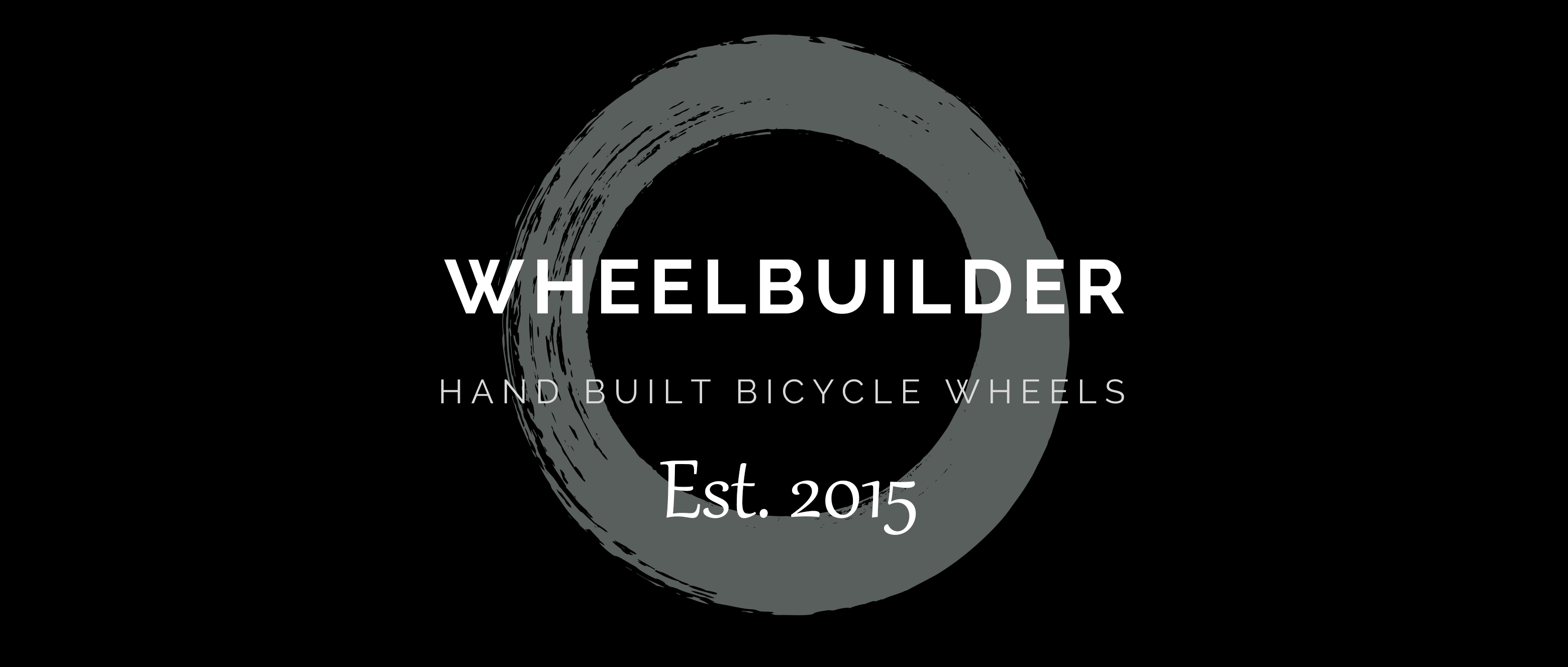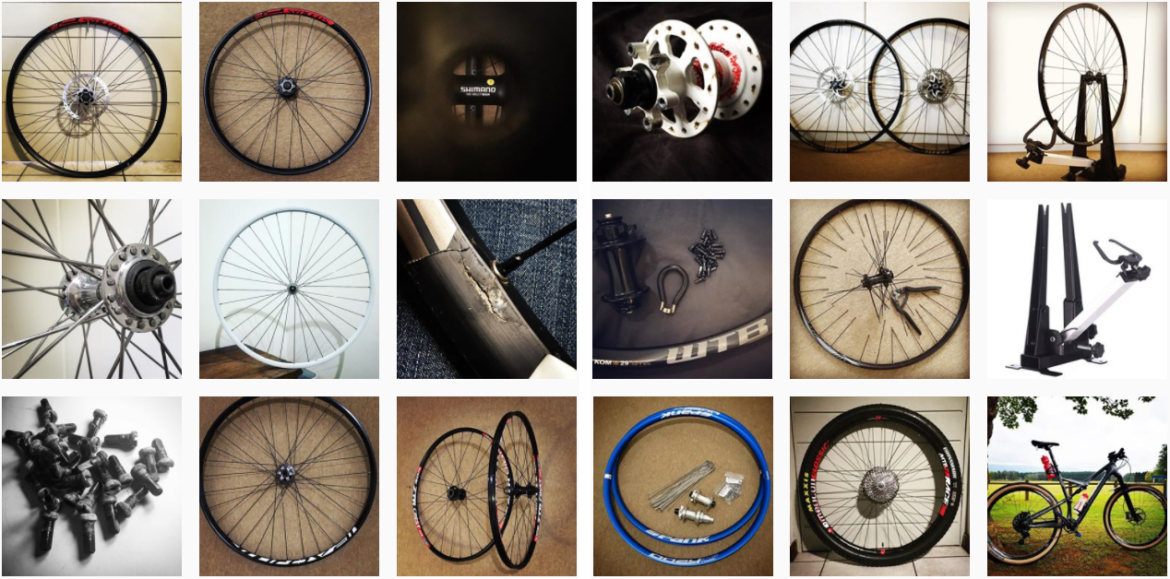Are you considering upgrading the wheels on your road, gravel or mountain bike?
You could buy a new set, or you could upgrade your existing wheels. In this article, I’ll help you explore these options so that you can make the best decision.
There are 5 benefits you can achieve by upgrading your existing wheels, or buying or building new ones:
- Reduce weight
- Improve aerodynamics (only really applicable to road wheels)
- Go wider for better traction and comfort and less rolling resistance
- Better looks
- Stronger and more durable wheels
Your priorities and requirements will dictate which of the above benefits you’ll enjoy by upgrading your wheels.
Option 1: Upgrading your existing wheels
By replacing just the rims on your existing wheels, you can easily, and relatively affordably, make a big difference to your ride. I’d advise against building used rims onto new hubs – rims are typically less expensive to replace than hubs and rim brake rims are considered a routine replaceable item as the braking surface of alloy rims eventually wears through.
If you need to replace your hubs, consider replacing the rims at the same time, and build a new set of wheels.

On a road bike, if your hubs are running well, you could choose to replace your stock box-section alloy rims with more aerodynamic carbon ones. The difference that aero rims makes is considerable and will make you faster. A set of 50mm deep, tubeless-ready, carbon rims will weigh approximately the same as a set of stock alloy rims, but will allow you to ride faster at the same power output.
If you’re a bigger, heavier rider, the deep section carbon rims will also be much stronger than the stock alloy ones, meaning they’ll flex less during sprinting and last longer too.
Opting for tubeless-ready rims in carbon or alloy, and using them with tubeless tyres, can save weight, improve traction and riding comfort.
On a mountain bike, the 3 largest benefits of replacing just the rims, are weight saving, better durability and the option to get wider rims. Of course one can choose to colour-match or go with a specific brand of rims not available as an option on stock bikes.
Option 2: Building or buying new wheels
There’s a huge difference between buying an off-the-shelf set of wheels and having a set built specifically for you, but that’s a topic for a separate article.
There are so many things to consider when choosing a new set of wheels. Some will influence the purchase price, some will affect the durability of the wheels, and other things will make them easier or more challenging to live with.
Most of us, myself included, have a limited budget. This means choosing the best value for money wheels that suit your requirements.
My advice for those on a strict and modest budget is to be flexible with regards to the brands of the rims, hubs and spokes you choose. Practically speaking, rather opt for a less famous brand of components while still getting the quality and durability you need.
If you’re getting wheels custom built for you, use a reputable wheel builder who guarantees the quality of his workmanship, and can advise you on component choices.
Carbon or alloy rims?
Carbon costs a lot more, but the investment is worth it if you can afford it. For mountain bike duty, carbon rims are stronger and wider at a lower weight than alloy rims.
If you’re opting for alloy MTB rims, my advice is to choose rims which are at least tubeless ready, at least 25mm wide internally, and use at least 28 spokes. Be careful with your tyre pressures, as hitting a rock at too low pressures will dent the rim and possibly cut your tyre (and sealant won’t fix this cut).
Most carbon rim options have an applicable crash replacement policy, which means that even if the rim is accidentally damaged, it shouldn’t bankrupt you to get it sorted.
If you’re spending money on road wheels, it makes sense to go for carbon rims. The weight-to-aero ratio can’t be matched by alloy rims. If cost is a concern, go for the best alloy rims you can afford. There are some great options available.

Which hubs?
The prices of hubs vary wildly, so most often the choice will be based on your available budget – just make sure they have sealed cartridge bearings which are easily sourced, and a decent warranty.
After that, compare options in terms of weight, colour options and future cassette compatibility.
What about factory-built wheels?
I won’t mention any brands here, but many wheels are assembled in a factory as a “system”. Many times these wheels use proprietary rims, spokes, nipples and hubs, which aren’t compatible with other brands’ components.
My advice is to avoid these. If the spokes or nipples aren’t “standard” you may have to pay a considerable price for replacement parts one day, or you may struggle to find them.
If you happen to damage a rim which has an odd spoke pattern, and the model has been discontinued, you may have to replace the entire wheel.
Use wheels which take standard straight-pull or j-bend spokes, and conventional nipples. Trust me.
Tyres
Finally, don’t forget about your tyres. They can make a huge difference to your ride as well. On the road, a new set of 700x25mm tubeless tyres will feel completely different to an old set of 23mm wire bead ones.
For mountain biking, chose the best combination of weight, toughness and knob design, based on where you ride most, and your own riding style.
Questions? Simply get in touch.


No responses yet